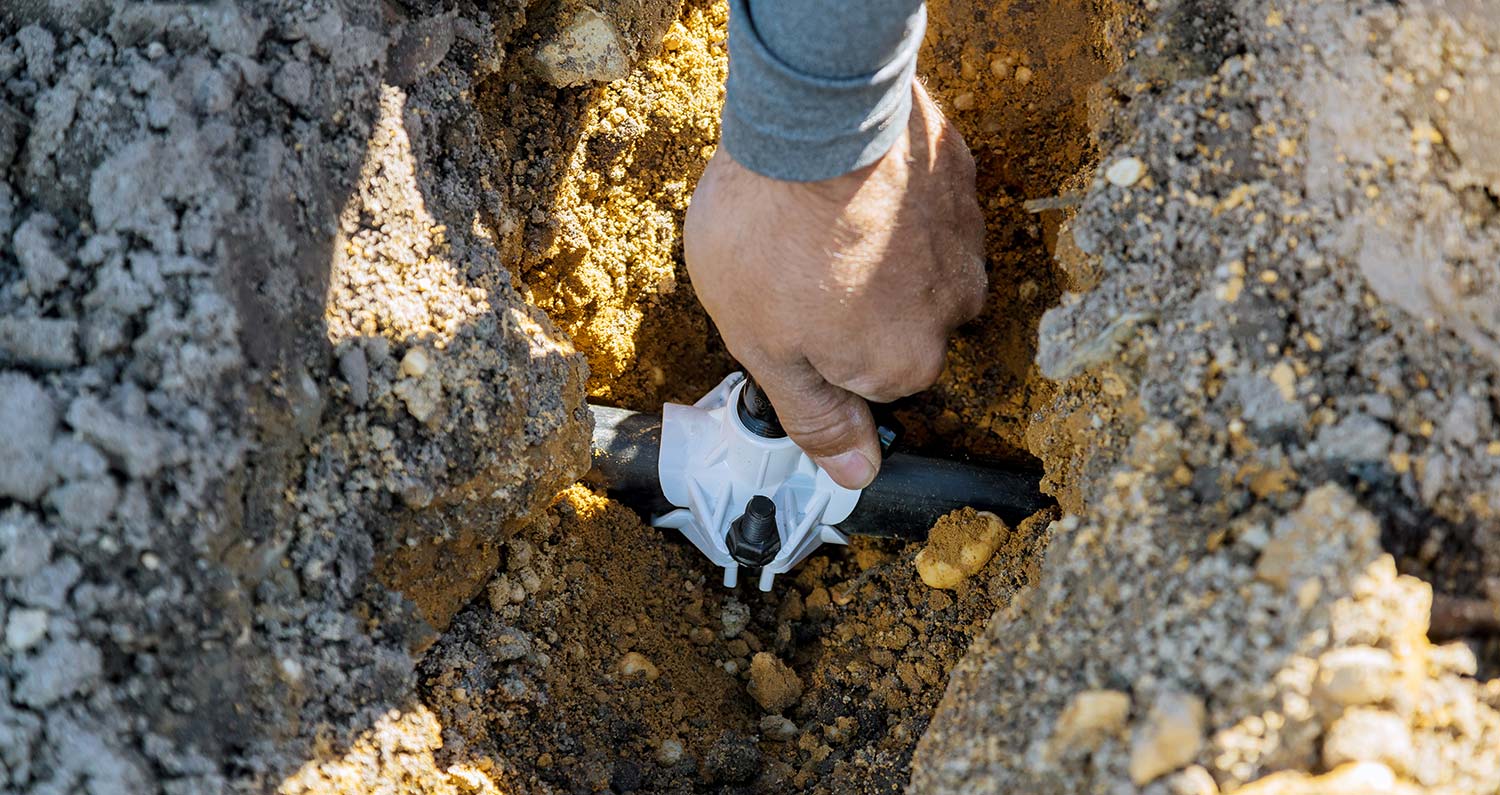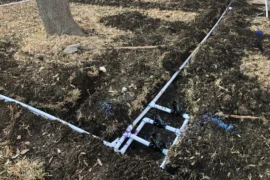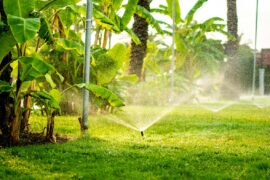Most homeowners I have personally come across in my career as a sprinkler repair specialist have always asked me this question – “Are High Efficiency Sprinkler Heads worth the hype?”. Well, I simply can’t blame them because there is so much confusion around this topic that people tend to feel mortified whenever they are asked to choose between a normal sprinkler head and a high-efficiency sprinkler head.
As expected, the brands that make those high-efficiency sprinkler heads tend to make bold claims, such as these high-efficiency sprinkler heads beating their traditional counterparts in terms of energy efficiency, better coverage, and water conservation. But what’s the real-world experience like? Here, we are going to take a closer look at these so-called high-efficiency sprinkler heads and figure out how they are beating the regular spray nozzles and rotor heads in their own game.
The working mechanism of high-efficiency sprinkler heads
What sets these high-efficiency sprinkler heads apart from other regular spray nozzles is the fact that these sprinkler heads are harnessing the power of pressure-regulated technology to offer a better outcome. However, this is not the only advantage that they are offering – uniform water distribution and low precipitation are two hallmark features that make them stand out. With these high-efficiency sprinkler heads, you are not going to deal with pesky things like uneven watering, water waste, or excessive runoff.
What is even more interesting is the fact that some of these high-efficiency sprinkler heads come fitted with multi-stream rotary nozzles that are known for their slow rotation and thus help achieving optimal water distribution. Standard spray heads usually deliver around 2 inches of water per hour, whereas high-efficiency sprinklers can bring it down to a jaw-dropping 0.8 inches per hour. This slow flow rate helps eliminate issues like puddling, poor soil absorption, and other similar issues.
Saves water and reduces costs
As a homeowner, you already know how important it is cut down on water waste because otherwise, you will have to deal with inflated water bill at the end of the month. The easiest way to do that is by investing in a high-efficiency sprinkler head. By switching to a high-efficiency sprinkler, you will easily be able to reduce water usage by 30% which is massive. However, it depends on a wide range of factors like watering schedule, soil type, slope and many more.
Let’s take a practical example. Suppose your current regular irrigation system uses 1,500 gallons of water per week. Switching to a high-efficiency model can reduce this to around 1,000 gallons. This leads to good cost savings.
Proper coverage and pressure regulation
Inconsistent water pressure is a hallmark feature of an old sprinkler system and this is what usually leads to uneven watering – some areas of your lawn will get too much water while other parts of your lawn will remain bone dry. This is exactly where a High-efficiency sprinkler heads may come to your rescue. Most High-efficiency sprinkler heads that are commonly available in the market have got this nifty little feature – built-in pressure regulation and this is what will help you maintain 30-40 PSI throughout the coverage area in a consistent manner. This means fewer dry patches and less misting.
Regular pop-up spray heads may cause excessive misting at high pressure. Most of their mist is wasted before it can reach the ground. You end up with higher bills and water wastage. High-efficiency sprinklers use the right pressure to deliver water, leading to root-level absorption.
Is it okay to have a longer run time?
Yes, high-efficiency sprinklers throw water at a slower rate, leading to longer run times. Does this seem counterintuitive from a practical perspective? You must consider the soil type. Clay-heavy soil has a slow water absorption rate. High-efficiency heads release water at a rate suited for the soil type. This ensures no water is wasted.
Is the steep cost worth it?
Yes, you will have to pay a high price to buy high-efficiency rotary nozzles. Even the pressure-regulated spray heads are not cheaper than standard nozzles. A standard spray nozzle costs around $2 to $5 per unit, while high-efficiency models can cost up to $10 per head. However, considering the lower operating costs, they prove to be more cost-effective in the long run.
For those with a big irrigation system, local water districts may offer rebates to balance the initial investment. They offer rebates on high-efficiency rotors and pressure-regulated spray heads.
Who should be using high-efficiency sprinklers?
The following types of users benefit from high-efficiency sprinklers:
- Those living in drought-prone areas can benefit from these sprinklers as they help reduce water wastage.
- Properties with clay soil and slopes are ideal candidates for these sprinklers. The slow application rate optimizes water usage.
- Businesses looking to cut irrigation costs can benefit from these sprinklers.
Busting the common myths
Here is the truth about some common myths:
- High-efficiency sprinklers take forever to water- Some people think longer run times lead to higher energy bills. The truth is you get increased run times and better water efficiency to offset the cost.
- They are incompatible with regular systems- The truth is most new irrigation controllers support high-efficiency nozzles without issues.
- They cost a bomb- Don’t just focus on the initial cost. The cost of avoiding high-efficiency sprinklers can be more expensive in the long run.
Summing it up
Choosing high-efficiency sprinkler heads helps reduce water use and improves overall irrigation performance. You get multiple benefits like a lower bill, water savings, improved efficiency, and even water distribution. The upfront high cost is offset by the enhanced savings and working efficiency.





